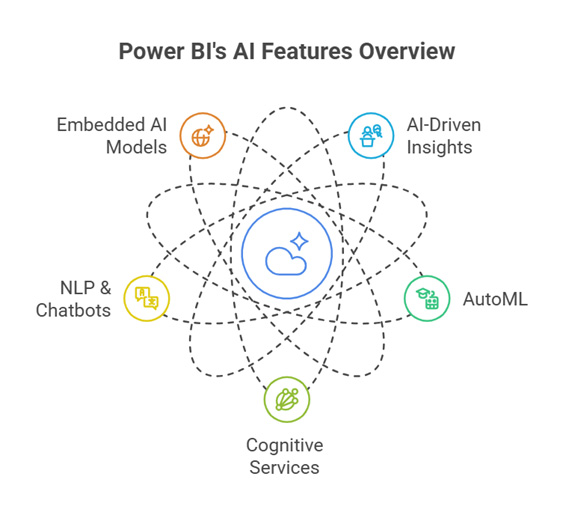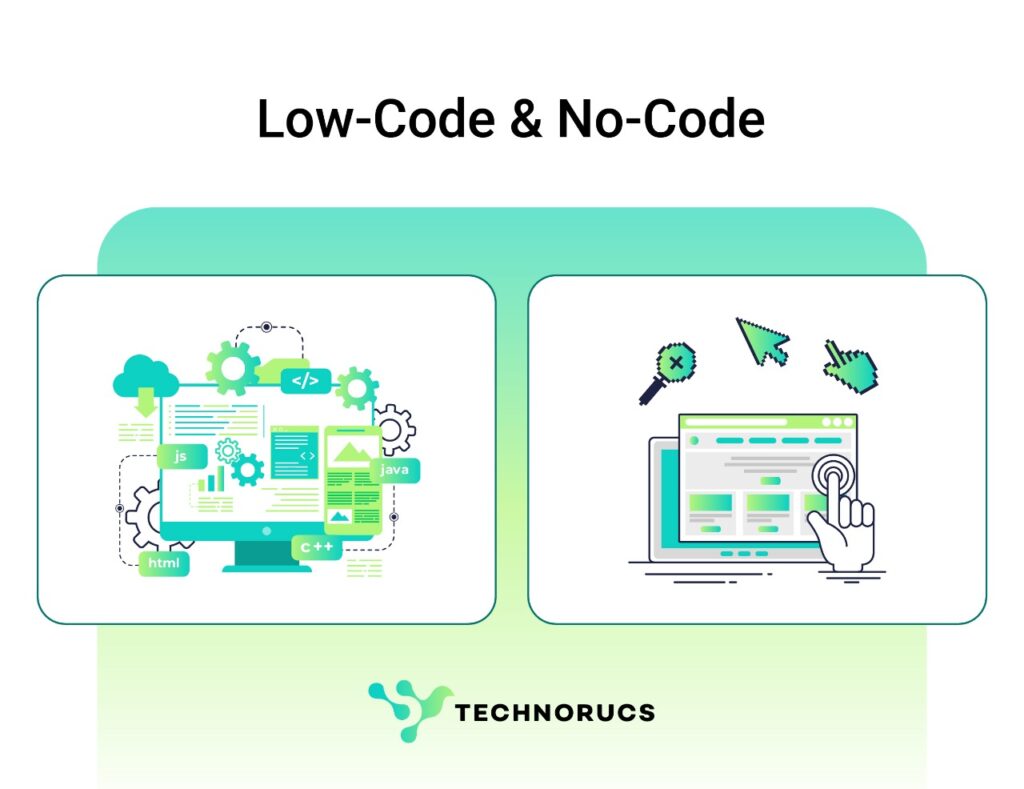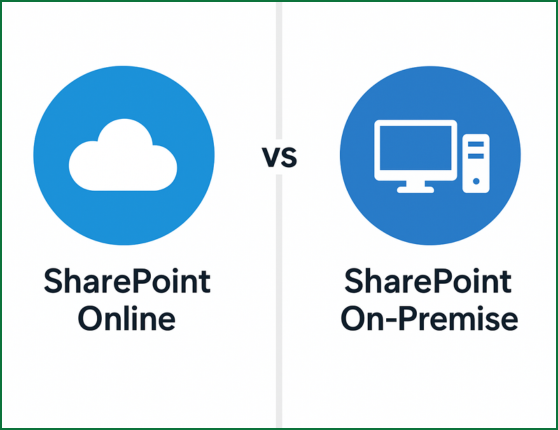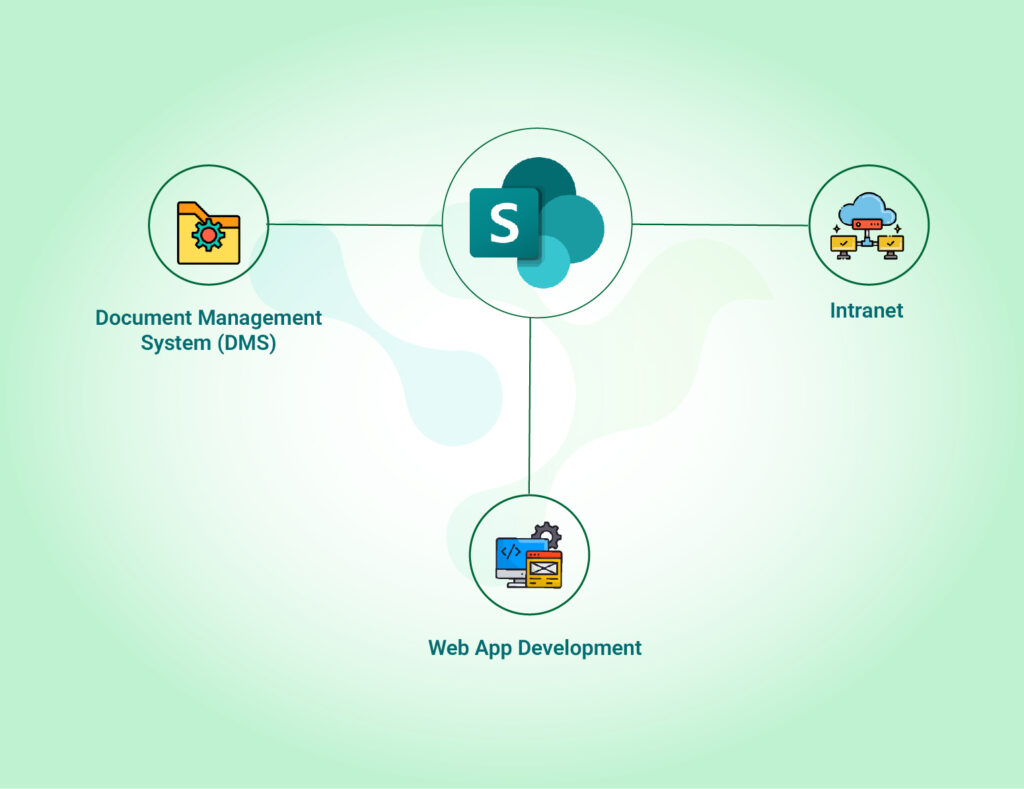Introduction
Artificial Intelligence (AI) is transforming Business Intelligence (BI), enabling companies to make faster, data-driven decisions with ease. Microsoft’s Power BI, a leading BI tool, seamlessly incorporates AI to provide predictive analytics, automation, and deeper insights. This article explores how AI enhances Power BI, how businesses can leverage these features, and what the future holds.
Power BI Overview
- One of Power BI’s key strengths is its integration with Microsoft services, including Excel, Azure, and Dynamics 365. This seamless connectivity allows businesses to unify their data ecosystem and leverage real-time analytics for better decision-making. Additionally, Power BI supports integration with third-party applications and cloud services, enhancing its versatility and scalability.
- Power BI provides a range of features such as data modeling, AI-driven insights, and customizable dashboards, enabling users to explore data intuitively. The platform includes AI-powered functionalities like Power BI Copilot, Automated Insights, and Natural Language Processing (NLP), allowing users to generate reports and insights effortlessly.
Key AI Features in Power BI
AI-Driven Insights
Cognitive Services Integration
Automated Machine Learning (AutoML)
Azure Machine Learning Integration
Natural Language Processing (NLP)

Future of AI in Power BI: Microsoft Copilot & Fabric
Microsoft is continuously enhancing Power BI’s AI capabilities with innovations like Microsoft Copilot in Fabric. Copilot integrates AI-powered assistance to streamline report creation, automate insights, and improve user interactions. Microsoft Fabric further enhances AI-driven workflows and data governance, making Power BI even more powerful for businesses.




